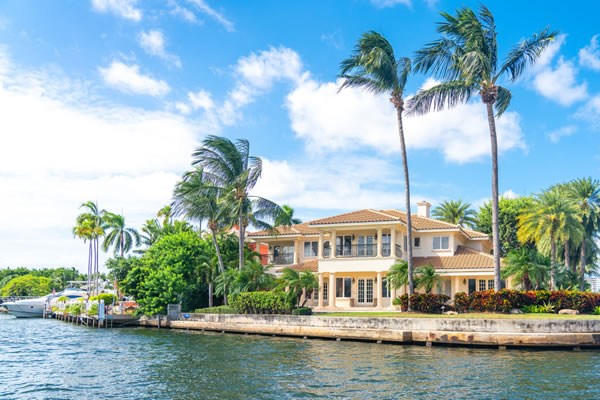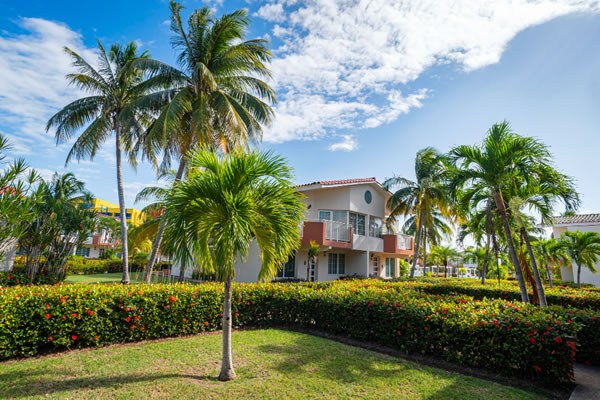What are the levels of lightning protection for buildings?
Lightning protection systems for buildings are designed to minimize the risk of damage from direct lightning strikes. There are typically three levels of lightning protection used for buildings:
3 Levels for Lightning Protection System
-
Level 1 (LPS-1):
This is the primary level of protection and is aimed at providing protection against direct lightning strikes. It involves the installation of external lightning protection systems (also known as lightning rods or air terminals) on the highest points of the building. These air terminals are connected to down conductors, which carry the lightning current safely to the grounding system.
-
Level 2 (LPS-2):
This level of protection involves the installation of surge protection devices (SPDs) at the main electrical service entrance to protect against transient overvoltages caused by lightning strikes. These SPDs help prevent damage to electrical equipment and systems inside the building.
-
Level 3 (LPS-3):
This level of protection involves the use of surge protection devices at the point of use for sensitive electronic equipment and systems, such as computers, televisions, and other valuable electronics. LPS-3 provides an additional layer of protection against surges that may enter the building through power lines or communication lines.
It’s important to note that lightning protection systems should be designed and installed by qualified professionals following recognized standards and guidelines, such as those provided by the National Fire Protection Association (NFPA) in the United States (NFPA 780) or the International Electrotechnical Commission (IEC) standard IEC 62305 in many other countries. These standards ensure that the lightning protection systems are effective and safe for the building and its occupants.

Components of Lightning Protection Systems
Lightning protection systems (LPS) are designed to mitigate the risk of damage to structures and systems caused by lightning strikes. There are several levels or components typically involved in a comprehensive lightning protection system:
- Lightning Rods (Air Terminals): These are metal rods installed at the highest points of a structure. They provide a preferred path for lightning to strike, directing the electrical current safely into the ground.
- Conductors (Down Conductors): These are metal cables or rods that connect the lightning rods to the ground. They conduct the electrical current from the lightning strike downward and safely disperse it into the ground.
- Grounding System: This is a network of buried metal rods or plates connected to the down conductors. Its purpose is to safely dissipate the electrical energy from the lightning strike into the ground, preventing damage to the structure and its occupants.
- Surge Protection Devices (SPDs): These are installed within the electrical system of a structure to protect against transient voltage spikes caused by lightning strikes or other electrical disturbances. SPDs divert excess voltage to the ground, safeguarding electronic devices and equipment.
- Bonding: Bonding refers to the process of connecting all metal components of a structure, such as pipes, frames, and electrical systems, to the lightning protection system. This ensures that any potential difference between these components during a lightning strike is minimized, reducing the risk of damage.
- Surge Protective Measures: These may include surge protectors installed at electrical panels, data lines, and other vulnerable points within a structure to safeguard against electrical surges caused by lightning.
The effectiveness of a lightning protection system depends on its design, installation, and maintenance. A well-designed system can significantly reduce the risk of damage from lightning strikes, protecting both property and people.
Florida based lightning protection company Coastal Lightning Rods offers design, installation, test and maintenance of lightning and surge protection and earthing systems. We ensure you that our installation of a lightning protection system on your property will be of the highest standard. We provide lightning protection services throughout the state of Florida, entire South East, Gulf Coast and Atlantic Coast. We also provide lightning protection in Alabama, South Carolina, Louisiana, Florida, Mississippi, Tennessee and beyond.

